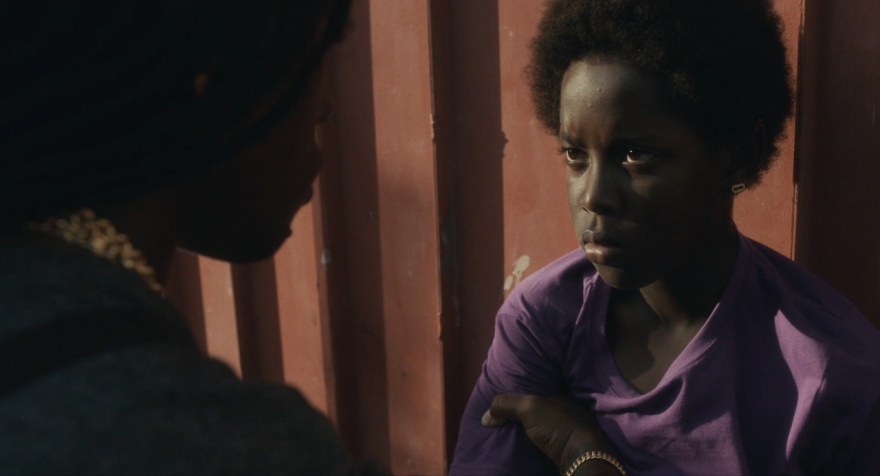Breakfast with Mortenol
Interview with Julien Silloray, director of Mortenol
What made you want to make a film about revenge and can you see yourself making other films on the subject or that include it?
When I started writing, I wanted to make a film in Mortenol with teenagers from the area and use a story based on an event that frequently takes place in Guadeloupe. I initially wanted to talk about the sense of injustice. Revenge came later and provided the plot and a focus, but it wasn’t part of the original idea.
Where did you film and why did you choose those places for the location?
We filmed in Mortenol, a famous housing project in Guadeloupe that symbolizes all of the other projects even though it is said to be the most violent. I had never stepped foot in it but I wanted to know more about the mythical place. In fact, it’s a housing project like any other, with its share of social problems, but it’s far from the dangerous ghetto that everyone imagines. My crew was actually treated very well there. The location, where the inhabitants were entertained by us working, was actually the most pleasant of all the ones I’ve filmed in so far.
Before you began filming did you investigate the real-life conditions of the young people living in extreme poverty and the idea of neighboring buildings housing enemy clans?
I grew up in Guadeloupe. Even though I myself am not from the projects, I hung around them because I had friends there. So, I’m talking about things that I know and that I heard about there. The film is based on confrontations between gangs of youths from neighboring areas. The confrontations are rare, as are deaths, but there are enough for them to be a topic of conversation and for questioning the violence that, in my opinion, is tied to a question of identity.
Do you think the cities and poor neighborhoods in France are significantly different?
The main difference concerns Guadeloupe’s (neo)colonial situation. The projects there are a symbol of domination: there are no white people living there.
Why were you interested in portraying a young eleven-year-old boy as the main character in search of revenge?
The film is a simple initiation story. Becoming an adult through a process of learning tenderness. That’s why I wanted a character in between two ages of youth, a child on the threshold of adolescence who is still charmed by the aura of violence, but who is also able to draw lessons from the failure of his deadly journey.
Why were you interested in family mourning and in depicting the different ways it can be expressed – apathy, anger, grief, etc.?
Mortenol is my fourth short film and, like the others, it is about mourning. I can’t explain why I’m obsessed with the subject. In this short film, mourning is expressed largely through anger. I would like to have portrayed other feelings, but in a short film, there is little room for complexity in characters. I chose anger because I wanted to sketch a quick, efficient story that breathlessly pulls the viewer along until the outcome.
Have you discovered any advantages that the short film form offers?
I have the feeling of being free when I make a short. I write the stories I want and I film them the way I want, without having a producer or distributor forcing changes in the writing, filming or editing.
Which films did you draw from?
A cinematographer recently introduced me to the works of Roberto Minervini. His films occupy a grey area between fiction and documentary: they give a real sense of truth but remain very poetic. I’d like to improve my directing by taking cues from his work.









